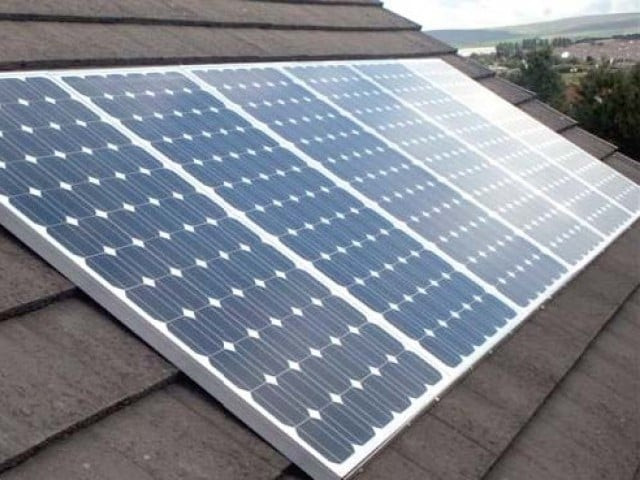
Pakistan Council of Renewable Energy Technologies (PCRET) has installed 300 solar photovoltaic systems with a total capacity of 100 kilowatts (KW) capable of powering 500 houses, mosques, and schools, 265 street and garden lights in different cities. Pakistan started using renewable energy sources in the 1960s when 18 villages made the transition to solar, and solar stills were also installed to desalinate the seawater at Gwadar.
Discussing details, PCRET Deputy Director Sarfraz Khattak said that PCRET has installed 538 micro-hydel power plants varying between 5-50 KW with a total capacity of 7.8 megawatts (MW) powering 70,000 houses in rural areas. The PCRET also installed 155 small wind turbines ranging between 0.5 KW to 10KW with a total capacity of 161KW in Sindh and Balochistan, supplying electricity to 1,560 houses and 9 coast guard check posts. Besides this, the council has installed 4,000 biogas plants, developed 6 models of efficient smokeless cook stoves for cooking and heating, and 100,000 mud stoves have been built in rural areas; saving 36,500 tons of wood fuel per year.
Solar power is also being used to power telecommunication systems in the country. Khattak said that currently solar technology is being used in Pakistan for standalone rural telephone exchanges, highway emergency telephones, cathodic protection, refrigeration for vaccinations and medicines in hospitals etc.
Recently, 1,200 biogas plants have been installed by the PCRET throughout Pakistan on a cost sharing basis, where 50% of the cost is to be borne by the beneficiary. Wood fuel is still the cheapest of all energy sources in the country and is the main source of energy in rural areas. It reduces consumption of a single household by 30-40% and eliminates smoke.
Published in The Express Tribune, June 30th, 2012.



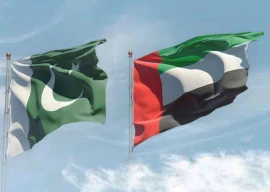


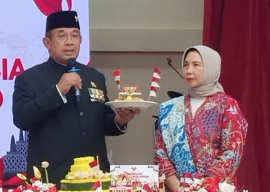

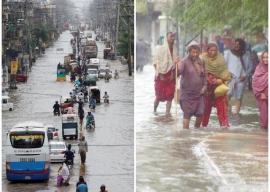


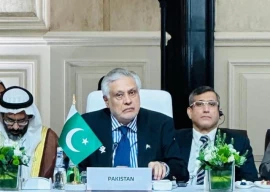








COMMENTS
Comments are moderated and generally will be posted if they are on-topic and not abusive.
For more information, please see our Comments FAQ